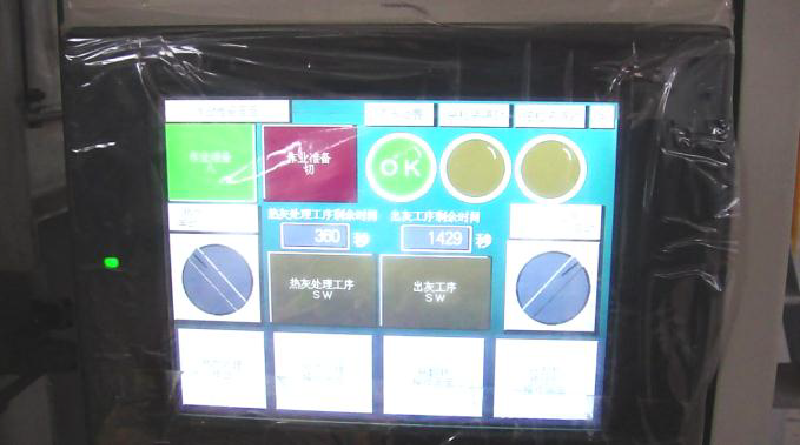01.Technology

02.Line-up

The molten metal aluminum in the thermal dross generated from the melting furnace is recovered.
Using the thermite reaction of aluminum oxide (thermal dross) generated in the aluminum melting furnace, aluminum oxide (hot residual dross) and molten aluminum metal are separated by specific gravity through stirring of the vanes, and the aluminum molten metal is collected in the sow mold, and the residual dross is cooled and classified.
– Since the processing pot is mobile, all Operator has to do is skim the hot dross from the furnace into the pot and set it in the dross processing machine.

Temperature control the thermal dross during processing by reusing the previously cooled dross cooled in the cooler.
It is a full discharge structure that other companies do not have.
Due to the rapid cooling of the super cooler, the overflowed cold ash can be collected in flexible container bags.
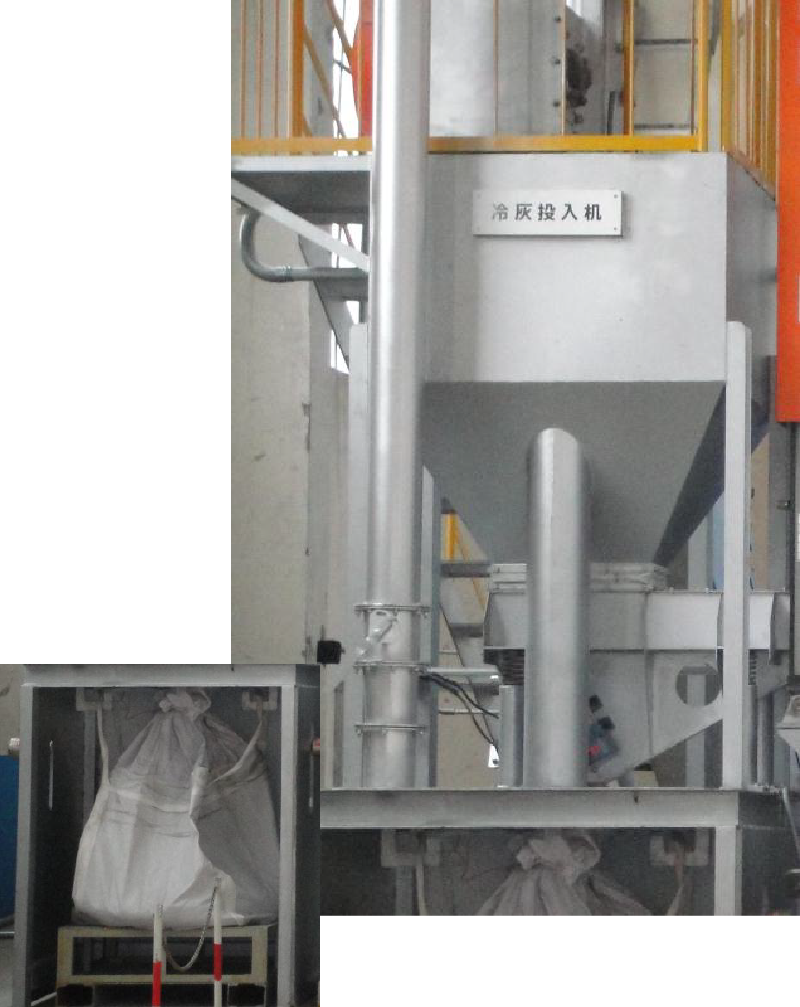
The residual dross treated by the high-speed dross processing machine is inverted and sent to super cooler.
The structure of the reversing (inverting) device has a reversal angle of 145 degrees and therefore can completely discharge the residual dross into the next chamber for super cooling.
Transfer unit
Reversing machine (inverting mechanism)
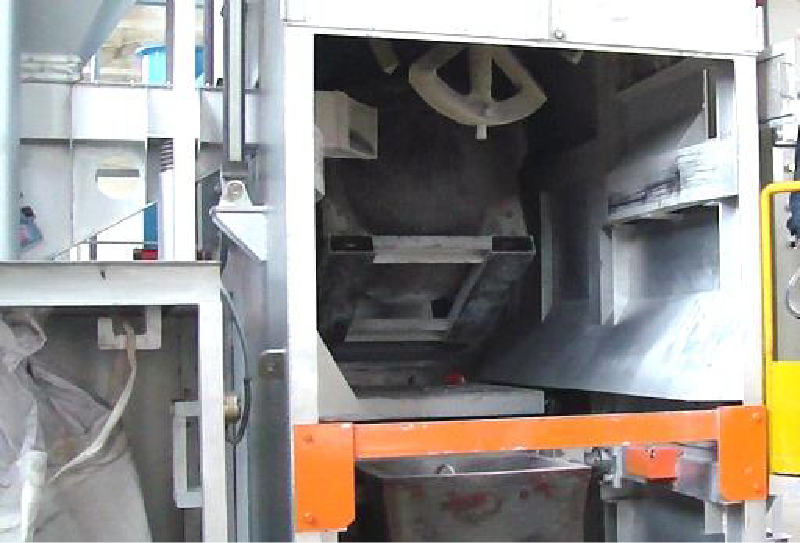
Automatically cool the hot residual dross that is remaining after the earlier dross processing step (where metal was recovered).
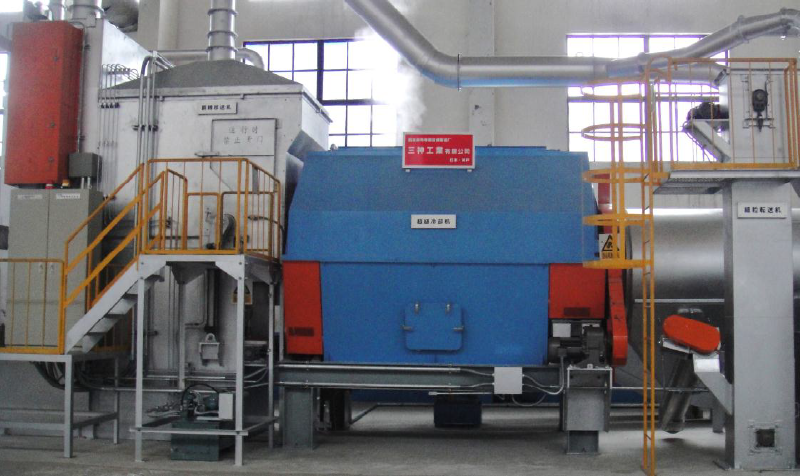
It conveys the cooled and classified particles in a cooler.
Cooled dross feeding conveyor
-The scraper type was adopted for the first time in Japan 40 years ago for conveying residual ash.
It has good sealing properties and is ideal for residual dross mixed with various large and small grain shapes.
-The R-shaped part of the bottom of the casing is made of wear-resistant steel plate to increase durability.
Screw Conveyor
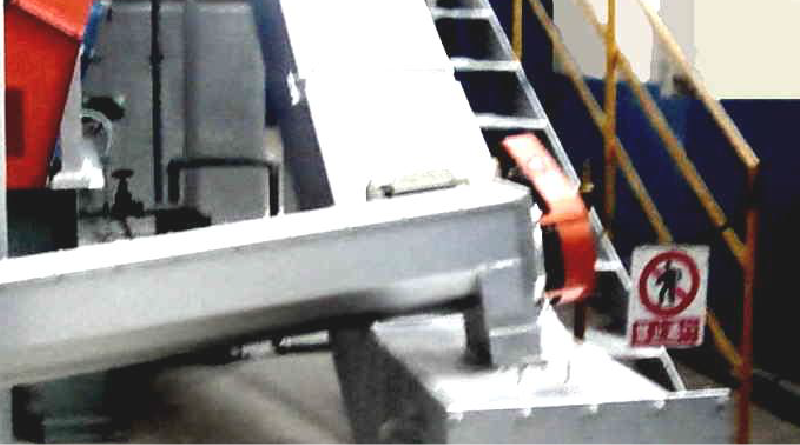
It is a rotary sieve that automatically divides the cooled dross discharged from the cooler into 2-3 granular size particles. The granules can be used as cooling ash to regulate the temperature of the system in later cycles, and can also be sold and reused as a heat retainer, deoxidizer, paving material, cement raw material, etc. after applicable chemical adjustment. This should be strived for in order to protect the environment and help to make better use of resources.
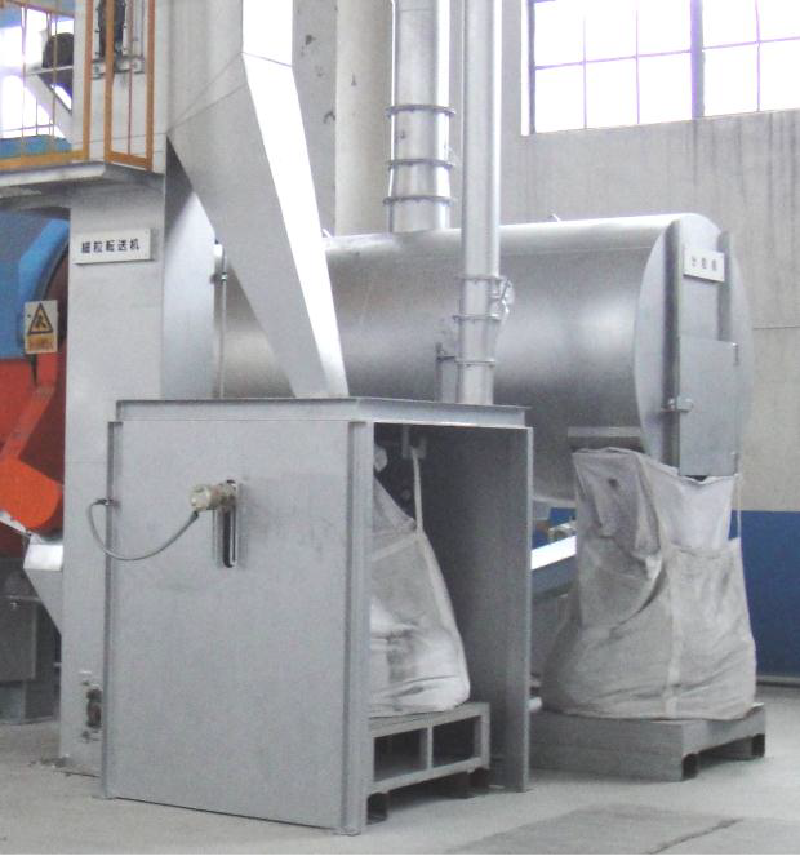
Based on the experience gained from many system installments and disussions with customers, we have designed an operation circuit from the operator’s point of view with each interlock mechanism emphasizing safety.
Features of design and workability
Our system is designed to easily connect with existing baghouse facility.
